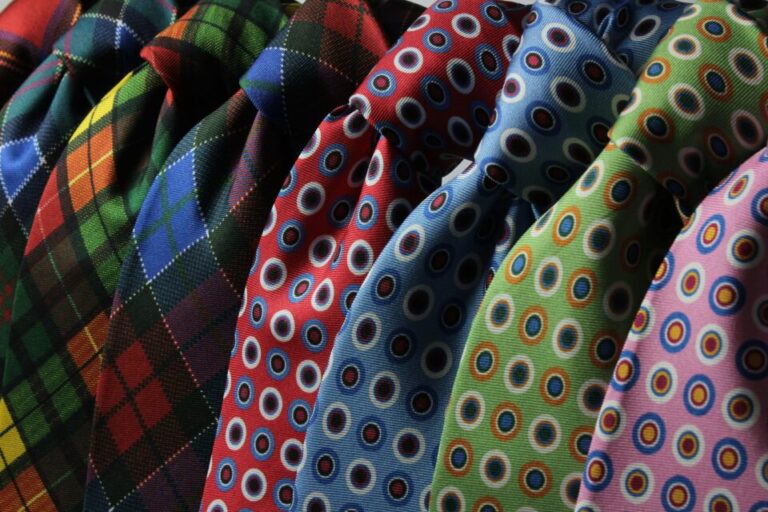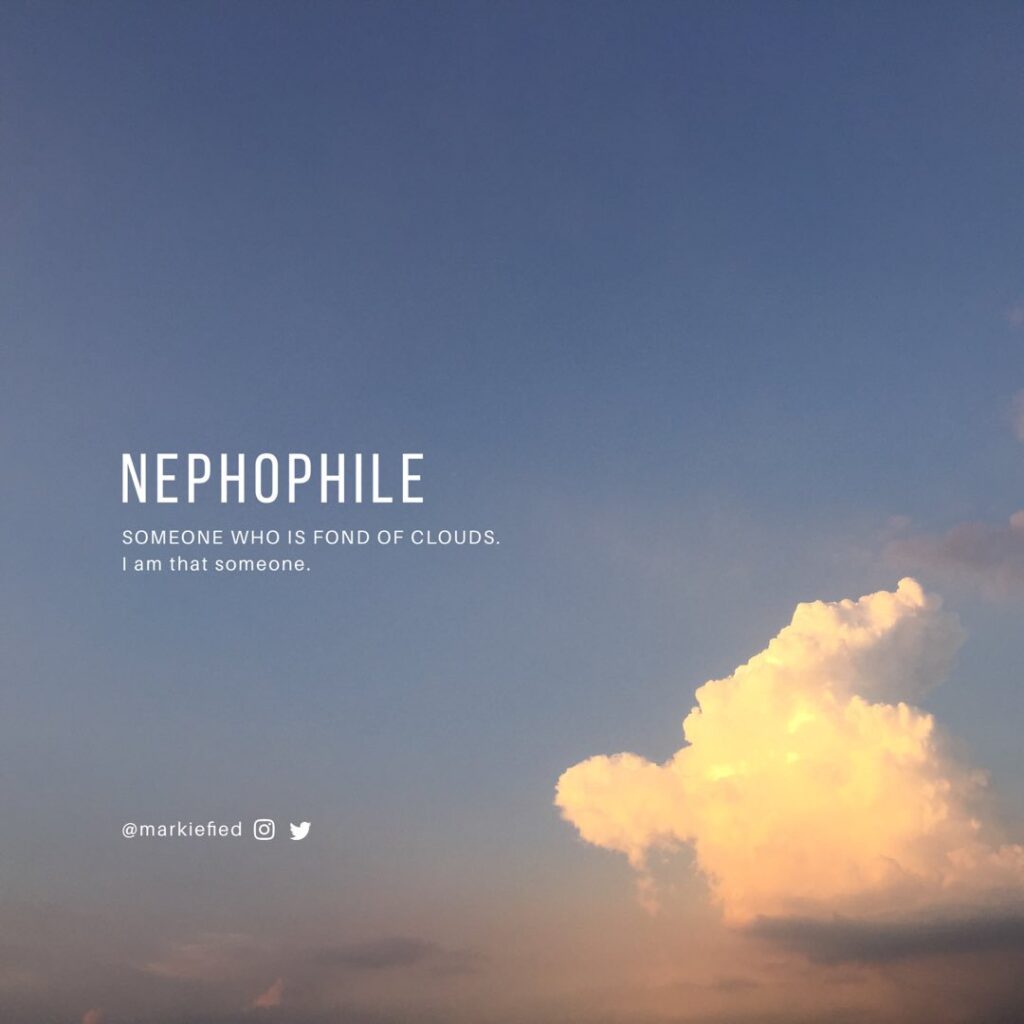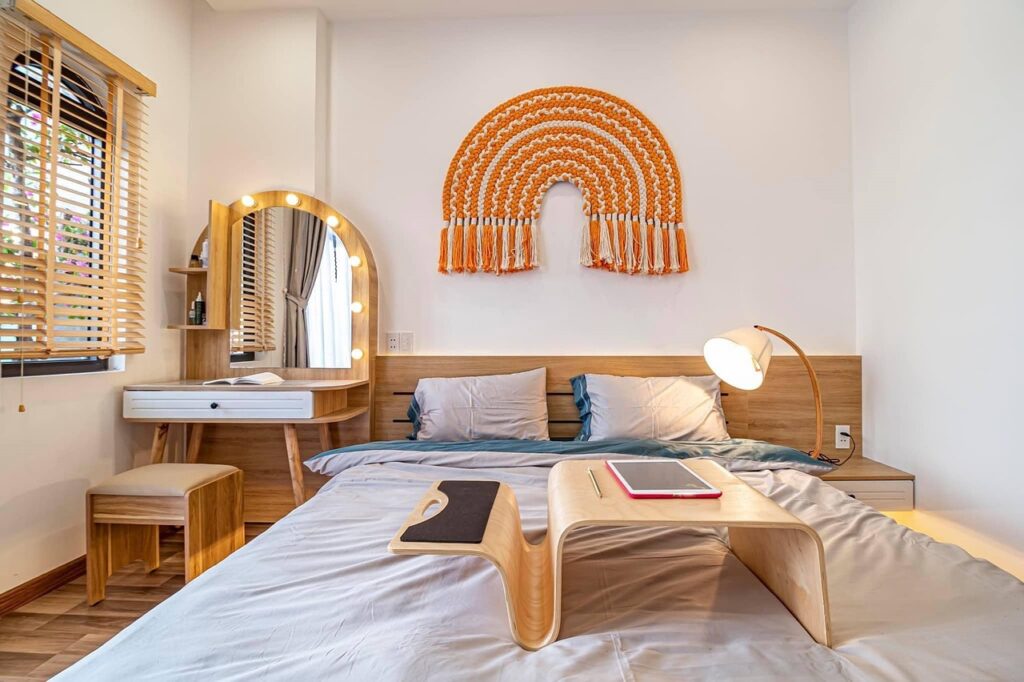A tie could be a long piece of fabric worn for decorative purposes around the neck or shoulders, resting beneath the shirt collar and knotted at the throat. Variations include the ascot tie, bow tie, bolo tie, zipper tie, cravat, and the clip-on tie. The cutting edge bowtie, ascot, and bow tie originated from the cravat. Neckties are generally unsized but may be available in a larger size. Men and boys wear neckties as part of standard office clothing or formal wear.
Neckties can also be worn as part of a uniform (e.g. military, school, waitstaff), though a few choose to wear them as everyday clothing attire. Neckties are customarily worn with the top shirt button fastened and the tie knot resting comfortably between the collar points. Among younger men, neckties are sometimes worn as a casual thing, tied freely around the neck with the top shirt button detached. This is less common among older men since it is generally considered sloppy or unprofessional.
This article is focused on types of ties but will also include a few subtopics on other aspects involving ties.
Types of Ties
1. Neckties
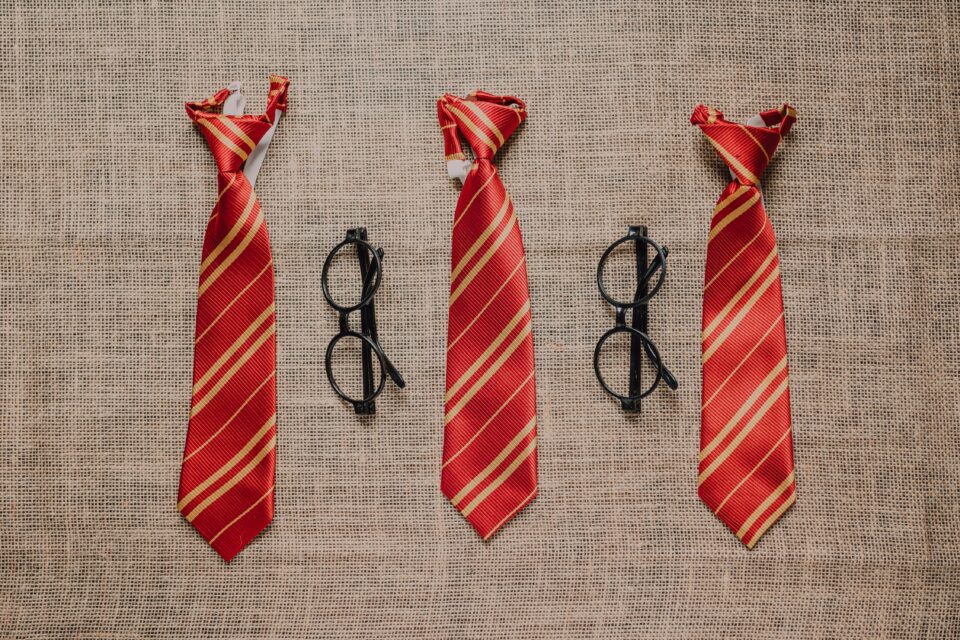
A necktie is a small yet significant piece of clothing that hangs over the shoulder and comprises a knot at the front that enhances the beauty of menswear. Neckties have long been a staple of men’s fashion, showing authentic significance in numerous societies.
A necktie is usually worn in combination with a formal shirt and suit. It is the main centerpiece of the clothing and is very noticeable. The wearer has the opportunity to utilize the necktie to express himself.
The designs and colors that the tie is made of can say a lot about the wearer’s identity. Ties come in all shapes and sizes. The standard tie is approximately 56 inches in length and 3.74 inches in width. Other than the standard tie, there are also other types of ties, such as the bow tie, ascot tie, bolo tie, and clip-on tie.
The style of the knot can also vary so it is up to the individual to select what is most comfortable for him. Overall, the variety of neckties in terms of color, design, shape, and size is nearly limitless. This is one of the great things about a tie because it gives the individual a chance to stand out in his attire and make a statement.
Neckties can be worn by men and women. In the professional and business worlds, men are the ones who are regularly seen wearing neckties. There are numerous situations when dressing up a tie is called for, such as in an interview, work in the office, attending a meeting or seminar, presentation and others. Although numerous professions have become more lax in the area of neckties, it has not lost its place in adding a touch of professionalism to one’s clothing.
2. Bow ties
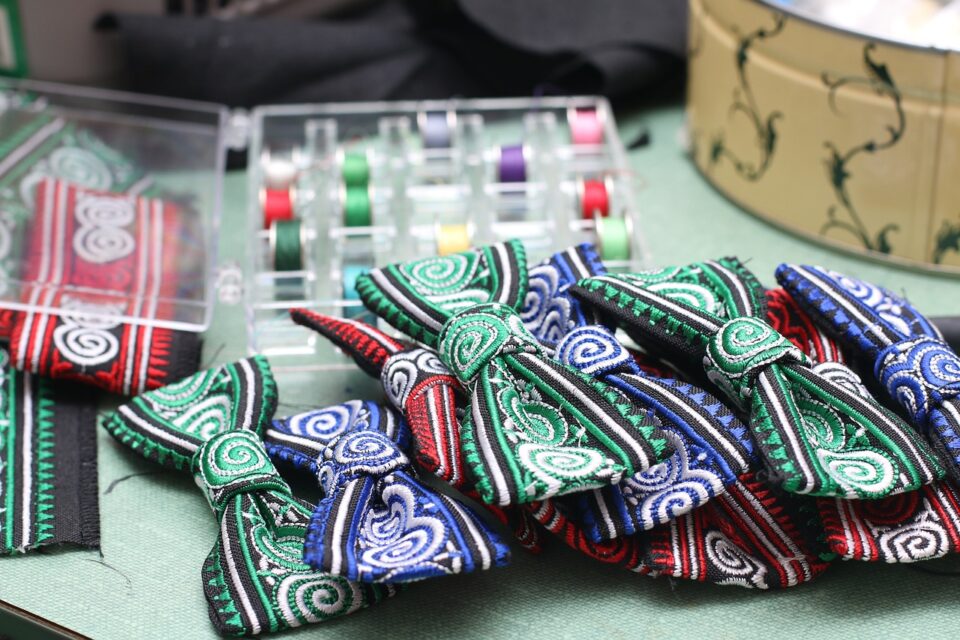
A bowtie, one of the most smart and modern fashion accessories, is basically a type of necktie. It comprises a ribbon of fabric tied around the collar in a symmetrical way such that the two opposite ends form loops. The main bulk of the bow tie has two generally equal sides; one side is the end and the other is the (also known as the left and right), which is a bit shorter. It is formed from the adjustable neck strap and the part that loops around itself.
There are generally three types of bow ties:
The pre-tied, the clip-on, and the self-tie.
- Pre-tied bow ties are ties in which the particular bow is sewn onto a band that goes around the neck and the length can be adjusted.
- Clip-on bow ties are clipped onto the collar. They are almost always made of a polyester material and are sometimes worn by those who are children or who essentially do not want to tie a bow tie.
- self-tie bow ties are the classic type of bow tie that must be tied by the wearer.
Bowties have become well-known formal wear for our generation because they add a touch of formality and style to any outfit. However, it is not a common sight and is mostly seen at formal occasions and functions.
3. Ascot
An ascot is a variation of the cravat tie that is secured with a pin and is a descendant of the plain old necktie that we are all so familiar with nowadays. Typically, ascots are sewn from a heavy and luxurious fabric and are wider and fuller than the common necktie.
Ascots are a timeless design that has never gone out of fashion all through the many centuries they have been in existence since the 1600s, when King Charles II of England went to war with the Croatians, who wore beautiful silk scarves around their necks.
The king so admired the neckwear that he soon made it a part of the upper-class soldier’s uniform and afterward utilized the design in the noble class. It was in the 1800s when this neckwear made its way to France that the upper-class citizens started to favor this new clothing article and named it “à la croate” which means in the Croatian manner.
This was soon followed by a modification for the woman’s version of the ascot, Since it was getting very hot in the summer months, taking a hint from the Croatian mercenaries, these French women started to wear the scarf around the neck tied in a bow. From this point on, the ascot’s popularity has only gone up and it has never been stigmatized as just something your grandmother would wear.
History Of Ties
The origin of the tie dates from the early 17th century, during the Thirty-Year War in France. King Louis XIII enlisted Croatian mercenaries who wore a piece of cloth around their neck. This has been referred to as the birth of the cravat. It was soon embraced by the king and made a royal fashion statement. This was soon picked up by the Parisians and the king then made a new royal decree that all individuals in public must wear a tie. This soon caught on in other nations, such as Britain and was spread through the upper classes.
During the Industrial Revolution, the tie was born in an attempt to simplify the cravat. This was when a long piece of cloth or silk was cut at a 45-degree angle and then designed into a tie. At this time, the tie was called the “Four-in-Hand,” named after the well-known and new horse-drawn carriage. At this time, the tie was becoming more common among lower-class workers and was not solely worn by the upper classes. Ties were now being used as a part of a uniform for different professions.
Factors To Consider When Choosing A Tie
1. Color
The tie’s color is the first thing to think about when choosing a tie. The question should be, what color are you trying to match? The general rule is that light colors go with light colors, and dark colors go with dark colors so, you should consider whether you need the tie to be a focal point, or something to compliment your overall clothing.
A bright, distinctive colored tie with a dark-colored suit can serve as a focal point, but it might not match your clothing as well as a dark tie. If you’re having trouble choosing what colors coordinate, keep in mind that designed ties are a safe bet since designs usually consist of colors similarly found in clothing. This is a safe bet, but you might also discover that a tie with a complementary color can still look exceptionally impressive. A color wheel can help you choose what colors match, and what colors contrast.
2. Occasion
In choosing the right tie, there are certain variables that must be considered. What occasions might call for a tie? This is often an important alternative to the choice of whether to wear a tie at all.
3. Formal occasions
At some point, you may be invited to a formal occasion, whether it be a black tie occasion, a dinner party, wedding or a ball. With these occasions, there is a high chance you may be wearing a suit and tie, which may even turn into a tuxedo or dinner suit, and as the dress code is formal, you will need to wear a tie that is appropriate for such an occasion. This means a silk tie is the finest option, preferably something that looks high-quality and has an exquisite design.
4. Everyday office wear
If you are working in an office, it is likely that you just will need to wear a tie. If this is the case, then you should aim to have a great selection of ties so you can mix and match depending on the situation and what others are wearing. A safe bet is to go with a silk tie with a simple and classic design, but if the working environment dress code is very formal, you will need to wear a tie with a subtle pattern such as a stripe or small dot.
Although they may not be as prominent as they once were, ties still have a significant impact on how a man is perceived when introducing himself to potential clients, employees, or colleagues. In a job search, wearing a tie indicates a serious interest in the process, as ties and interviews are the only time a man will try to impress another through fashion in the business world so it is very important to choose a tie that fits the occasion.

